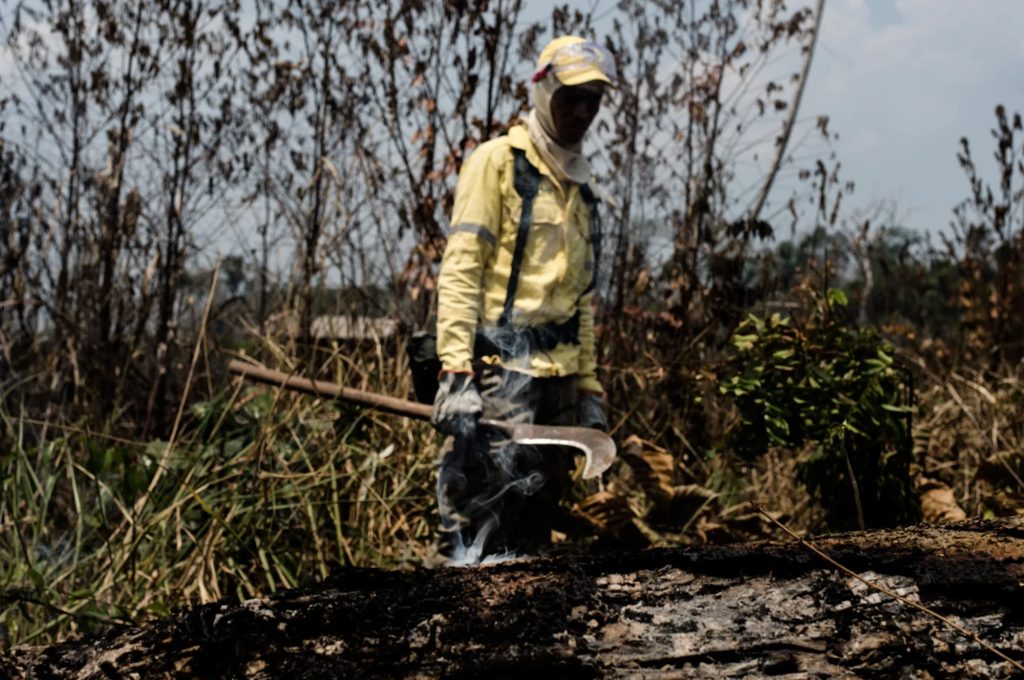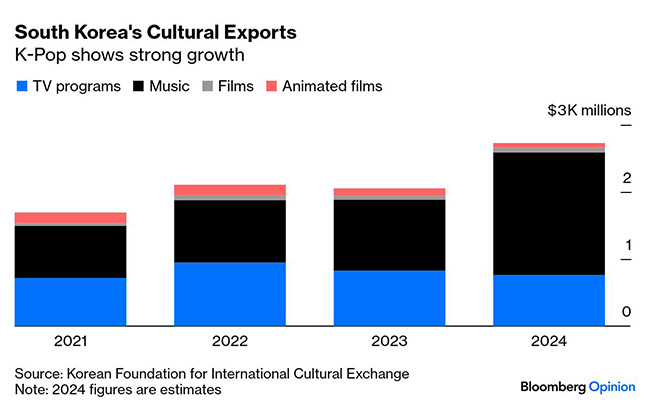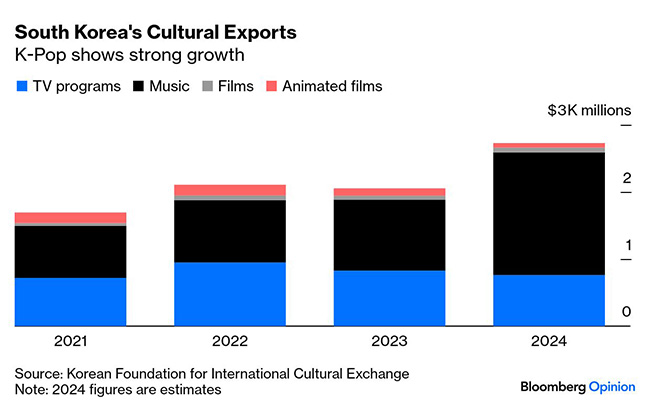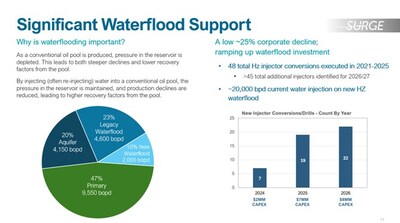
Trees, soils, plants and oceans have for decades been slowing the damage our industrial civilisation is doing to the climate
 WHATEVER happened to the saviour of the Amazon?
WHATEVER happened to the saviour of the Amazon?
Brazil’s President Luiz Inacio Lula da Silva once had a decent claim to that title. Deforestation decreased by about 80% during his first term in office from 2003 to 2011, driving a stunning 39% fall in emissions in a country whose carbon pollution is shaped above all by the state of its boundless jungles.
At COP30 this month — the United Nations’ (UN) annual climate meeting, hosted this year in the port city of Belém at the gateway to Brazil’s rainforest — he’s promised to put forward “Amazonian solutions for climate change.” Last month, he pitched US$1 billion (RM4.19 billion) into a planned US$125 billion global fund to preserve tropical woodlands.
“It is possible to make the forest worth more while standing than cut down,” he told a recent meeting in Bogotá.
It’s a nice line, but the data tell a different story. Last year, some 4.4 million ha was lost in Brazil, including 2.8 million of untouched primary land. That’s the third-largest annual figure this century, and comfortably more than in any year under Lula’s predecessor Jair Bolsonaro, who revelled in the nickname “Captain Chainsaw.”
Degradation — which includes damage and thinning out of existing woodland, as well as wholesale removal of entire stands — also rose to the highest level in two decades in 2024. About 6.64 million ha were affected, an area about the size of Ireland. Average annual losses of primary forest during Lula’s first two years were about 24% higher than during Bolsonaro’s administration.
It’s possible to quibble about the extent that Lula is responsible. More than half of the loss last year came as a result of fires, rather than logging. While almost all of these are started by humans, the damage they do can be dependent on environmental factors. In 2023 and 2024, the Amazon basin was gripped by its most severe drought in more than 40 years, quickly turning blazes into infernos.
Lula’s record also looks better if you confine your focus just to the Amazon, as opposed to the enormous but less charismatic areas of savannah and wetlands to the east and south such as the Cerrado and Pantanal.
Deforestation in the legal Amazon this year, despite running far above levels during Lula’s first administration, remains well below the rates of the Bolsonaro era.
The rainforest and global climate don’t care about such rationalisations, though. On plenty of areas under his control, Lula has fallen short.
Last year’s devastating fires were likely worsened thanks to a strike by the country’s environment agencies, whose workers are often the first line of defense against deforestation. Brazil’s government took eight months to resolve the issue. State-owned Petrobras SA recently won approval to drill for oil in an offshore area not far from the mouth of the Amazon. In August, Lula signed a law radically loosening environmental protections, even as he vetoed some of the most egregious measures. The amount of land given over to soybeans and corn will hit record levels this year.

For all of Bolsonaro’s lawlessness, there’s an uncomfortable degree of continuity between the two administrations. Lula’s ability to get things done depends on working together with more than a dozen parties in Congress, where rural electorates dominated by agribusiness are grossly over-represented and Bolsonaro allies still hold sway. Sacrificing the Cerrado to save the Amazon is central to that devil’s bargain.
Nor is the problem confined just to Brazil. In many parts of the world where forests have recently spread to their widest extent in centuries, their potential to offset our emissions is running out. In Finland, one of the world’s most tree-covered countries, woodlands have become net emitters since 2021 as logging caught up with planting and a warming climate released carbon from the soil.
Russia and Canada lost more tree cover than Brazil last year, as fires swept through boreal forests that were immune in a cooler climate. Indonesian President Prabowo Subianto wants to expand palm oil plantations, sugarcane fields and dairy farms. President Xi Jinping’s promised increase to China’s woods over the next decade would be enough to offset about five months’ worth of the country’s emissions. New plantings have slowed over the past decade, the UN’s Food and Agriculture Organisation (FAO) wrote last month.
This backsliding is going to make all our efforts to avert the worst outcomes of climate change more difficult.
Long before the recent backing away from commitments in the US, Europe and elsewhere, hopes to slow our freefall toward a warmer planet still depended heavily on the prospects of sucking up atmospheric carbon by planting more trees — the “net” bit in “net zero.”
As world leaders gather in Belém this month, they’ll need to reckon with the fact that this parachute is looking worryingly threadbare. Trees, soils, plants and oceans have for decades been slowing the damage our industrial civilisation is doing to the climate. Their ability to act as an emergency brake is weakening, though.
Forests, and erstwhile forest champions like Lula, aren’t going to save us anymore. — Bloomberg
- This column does not necessarily reflect the opinion of the editorial board or Bloomberg LP and its owners.
- This article first appeared in The Malaysian Reserve weekly print edition
The post Brazil’s forests did better under Bolsonaro appeared first on The Malaysian Reserve.


 ANYONE with children endlessly rewatching KPop Demon Hunters might assume that South Korean content has already taken over the world. In fact, K-pop has enormous room to grow in a global music industry expected to be worth just under US$200 billion (RM838.2 billion) in 10 years. As it does, it should shake off any concerns about abandoning its roots. Like hip hop, there’s no reason why the genre can’t have a similarly inclusive trajectory while remaining true to its core.
ANYONE with children endlessly rewatching KPop Demon Hunters might assume that South Korean content has already taken over the world. In fact, K-pop has enormous room to grow in a global music industry expected to be worth just under US$200 billion (RM838.2 billion) in 10 years. As it does, it should shake off any concerns about abandoning its roots. Like hip hop, there’s no reason why the genre can’t have a similarly inclusive trajectory while remaining true to its core.


















